archatlas: Besançon Art Center and Cité de la Musique Kengo Kuma Associates From the architect:Located in the eastern part of France, Besancon is also known as the city where Seiji Ozawa won the first prize at the International Competition of Orchestra Conductors (1959). Situated in the center of the city along the banks of the Doubs River, this multipurpose cultural facility is part of the FRAC project in France to stimulate cultural activity in regional areas, and features a music hall, contemporary art museum and conservatory (music school).The brick-clad warehouse that was built in the 1930s was converted into a museum. This structure, as well as the newly built music hall and conservatory are covered with a large green roof to tie them all together. Voids are provided between the respective boxes, and this space is covered by a green roof with a mosaic of plants and solar panels that allows soft light to come through.Images and text via Kengo Kuma Associates
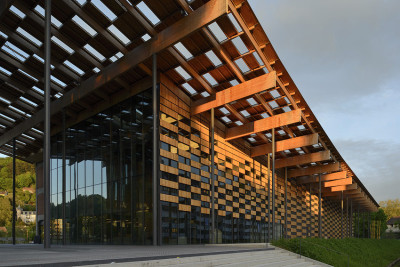
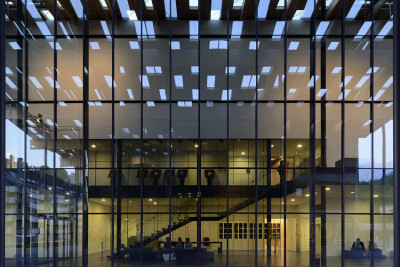
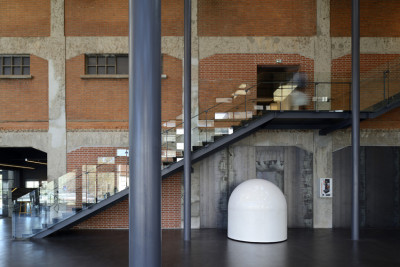
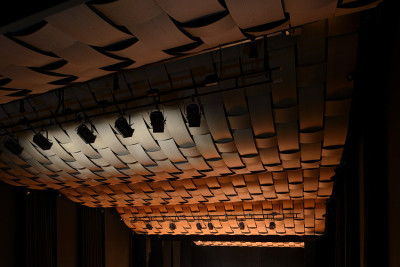
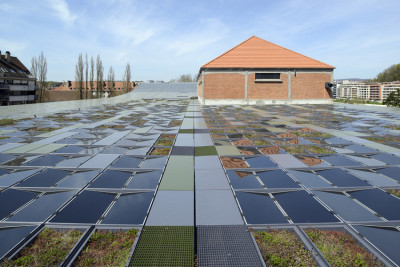
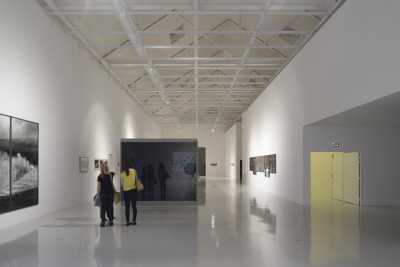
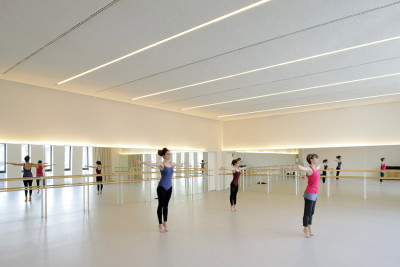
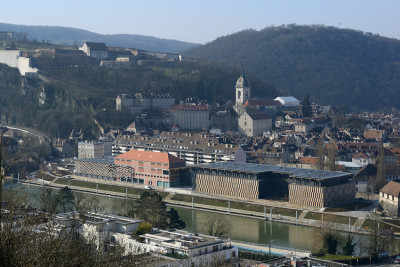
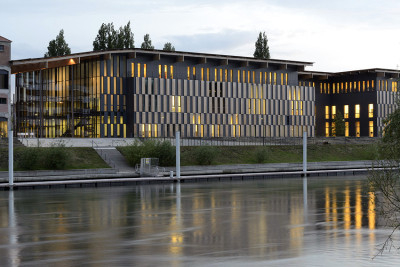
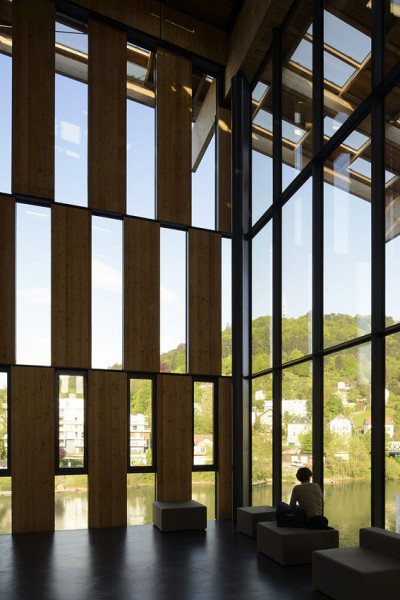
archatlas:
Besançon Art Center and Cité de la Musique Kengo Kuma Associates
From the architect:Located in the eastern part of France, Besancon is also known as the city where Seiji Ozawa won the first prize at the International Competition of Orchestra Conductors (1959). Situated in the center of the city along the banks of the Doubs River, this multipurpose cultural facility is part of the FRAC project in France to stimulate cultural activity in regional areas, and features a music hall, contemporary art museum and conservatory (music school).The brick-clad warehouse that was built in the 1930s was converted into a museum. This structure, as well as the newly built music hall and conservatory are covered with a large green roof to tie them all together. Voids are provided between the respective boxes, and this space is covered by a green roof with a mosaic of plants and solar panels that allows soft light to come through.Images and text via
Kengo Kuma Associates
Comments
Post a Comment